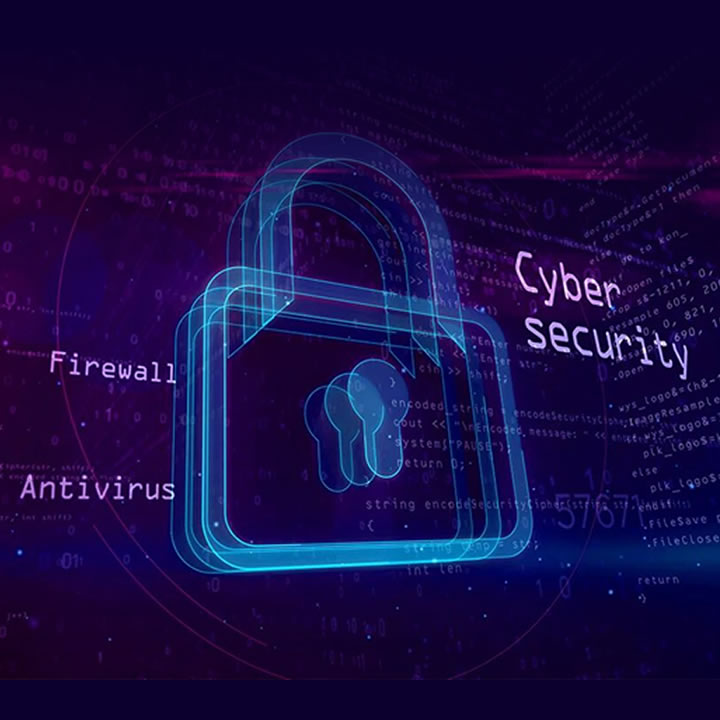Endpoint Detection and Response (EDR) and Security Information and Event Management are two varying processes that complement one another nicely. They both accomplish different tasks and when used together they protect your network from nearly every angle.
In Klik.Solution Company’s Managed IT Services, are implemented Managed SIEM Services and EDR Services to ensure maximum cybersecurity and protection for clients’ infrastructure.
What is EDR
Luckily, the purpose of EDR Cybersecurity is described in the name. It is a detection and response method that enables users to observe and resolve threats before they can cause too much network damage.
Here are the key practices of this cyber technology:
- Simplified threat examination and solutions. One of the EDR System’ primary features is its ability to decrease the amount of required response time to network contaminants.
- Endpoint threat intercession. When putting an end to a hack attack, your infrastructure must be protected during every stage of ambush. By using endpoint security features, EDR makes this goal a reality.
- Cloud-based protection. It broadens your data and user management capacity by using remote servers to modernize business operations and secure Cloud backups.
- Elective managed services. With EDR you can choose to have our managed threat detection and response features every day, at any hour.
SIEM IT
Security Information and Event Management services organize, collect, and offer resolutions for technology functions. Listed below are the central purposes of this tool:
- Log history and observations. By logging system insertion – such as a USB, in-office personal email use, and sanctioned cloud use, SIEM is able to log data exfiltration. Allowing you to find the source of and decrease upcoming risks.
- Incident connections and diagnostics. It uses in-house and Cloud-based infrastructure management to detect correlations between threats in order to find a permanent decrease in system infiltration.
- Compliance management. SIEM has a favored background in the accumulation and curation of compliance details. This lightens your load by keeping your network in compliance, so you don’t have to.
- Cloud security. Similar to EDR, SIEM uses Cloud-based technology to secure your information and even uncover hidden risks within these platforms.
Primary Differences Between the Technologies
For your leisure, we’ve listed the primary contrasts between these two systems. Though they both have benefits, they are best used together.
- Data accumulation. EDR collects details solely from endpoints in your infrastructure. SIEM tools can actually hunt for intended threats through many processes, not just endpoints.
- Endpoint detection. While EDR is widely known for its endpoint management, SIEM has endpoint capabilities as well. They both utilize IOC-based detection methods, but SIEM has the ability to manipulate data across the entire system. Not just endpoint particulars.
- General-purpose. The main motive behind SIEM is to aid clients in achieving scalable and secure Cloud-based management while attaining successful log management. EDR was created to keep network endpoints secure from malware by using constant detection and response methods.
It’s wonderful to have endpoint protection and curation, especially since a lot of hackers target these points to breach your network. However, it’s still important to have accumulated data for other processes on your computer.
That’s why it’s highly recommended to practice both solutions. So you can be sure you are always completely covered.

